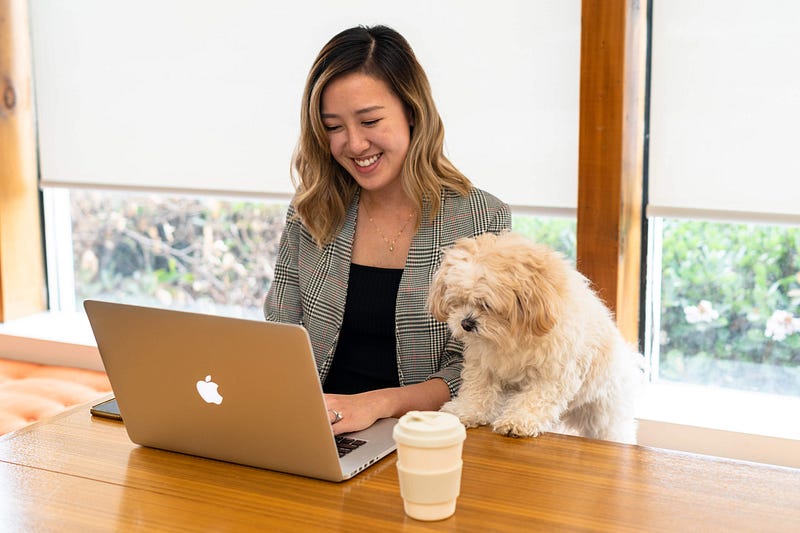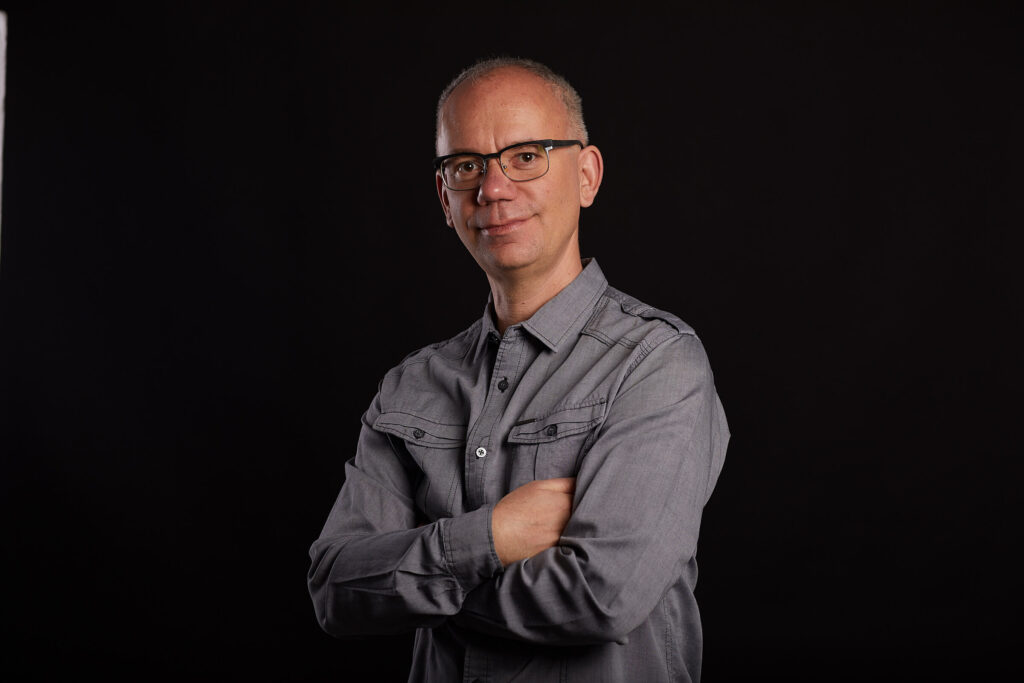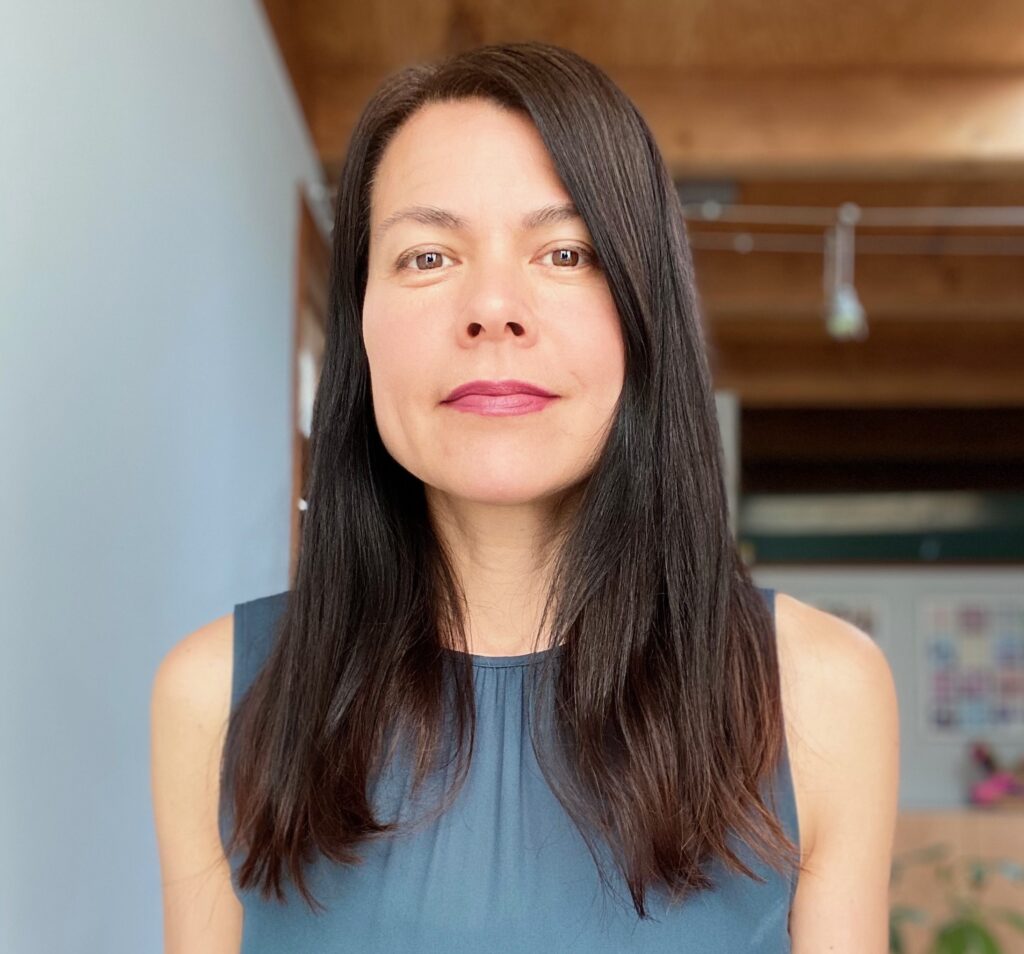News & Articles
Life at Color — Meet Carmen Lai (Data Scientist)
Abby Reisinger

Carmen Lai is a Data Scientist on the Color team, building statistical models that help inform product improvements and increase the efficiency of our scientists. Today, Carmen shares her path to Data Science and how her work is helping Color be a leader in implementing precision healthcare programs at scale.
Tell us about yourself and how you got into Data Science.
I was born and raised in Las Vegas. My whole family works in the casino industry, and my mom watches over gaming tables for card counting. I wish I could say growing up around casinos motivated my interest in data science, but in reality, I didn’t know that data science existed as a career path until after I graduated college. I’ve always been interested in tackling complex questions and finding answers to them in a concrete way. I majored in neuroscience at Duke and worked in a variety of neuroscience research labs. I first learned to code while working at 23andMe, where I saw the value of statistical modeling and how it enabled my team to be much more data-driven in prioritizing product improvements and spending ad dollars. Once I realized that Data Science was something I wanted to fully commit to, I pursued a full-time data science bootcamp for more formal training in programming and machine learning.
What is your role at Color and what does your team do?
I’ve been at Color for three years as a Data Scientist and I work on a variety of projects with Engineering, Product, and Research. An important part of Color’s business model is working with large health populations and figuring out how to return actionable and personalized insights to individuals, informed by genetic testing and information they provide in their Health History. The data science team builds models that determine the best way to group individuals by disease risk level or type, based on genetic information and information that may be updated over time, such as clinical health history, diet, and wellness. Based on this risk stratification, Color can help guide individuals towards the most appropriate interventions or screening measures in partnership with a doctor. With more comprehensive disease risk models, we are working with health systems towards incorporating this information into the standard of care.

Carmen works on projects with teams across the company.
What attracted you to working at Color?
I had been following Color for some time before joining. I was drawn to Color’s mission and its focus on using genetic testing to return clinically actionable information that can truly impact health decisions. Day-to-day, what I love most is the people. It’s unique to have access to experts from many different fields who are genuinely excited to teach you things and welcome a different perspective.
As a data scientist, another differentiating factor is that Color runs its own lab, which means that data scientists have input in the data that we generate and work with. For example, data science partnered with lab and bioinformatics teams to develop low-coverage whole genome sequencing, which has enabled downstream analysis with genome-wide polygenic scores.
My data science toolbox has grown over the years at Color as the types of data that we work with evolve. Working with genomes can quickly expand the amount of data that we work with, which poses scaling challenges. There is also a different set of challenges when working with high-dimensional data, and building models that sufficiently account for biases or adjust for between-population differences. Privacy is also a core consideration in data analysis across the company. Our data access is strictly limited to de-identified and user research-consented data.
What has been your favorite memory so far at Color?
One of my favorite memories is leading the development of LEAP, a machine learning system for genetic variant pathogenicity classification. This was a project that I started within the first six months of joining Color, and has helped me grow in many aspects of my career. I collaborated with engineers and scientists to productionize the system, which has become an important tool for our variant scientists. Last year, LEAP won the CAGI ENIGMA breast cancer prediction challenge ahead of 10 competing models from industry and academia. My favorite part of the project was learning from our scientists: I always joke that I learned more biology in a few months at Color than I did from four years of college.

Carmen’s Maltese, Cody, joins the Color team in the office occasionally.
How else do you bring your unique talents to Color?
I’m one of Color’s unofficial photographers! I love capturing candids at our company offsites, holiday parties, and hack weeks. Outside of work, I also enjoy photographing food events or while I travel. We have a photography group on Slack called #photo51 (the name comes from the first photograph of DNA), where people share their latest photos.


